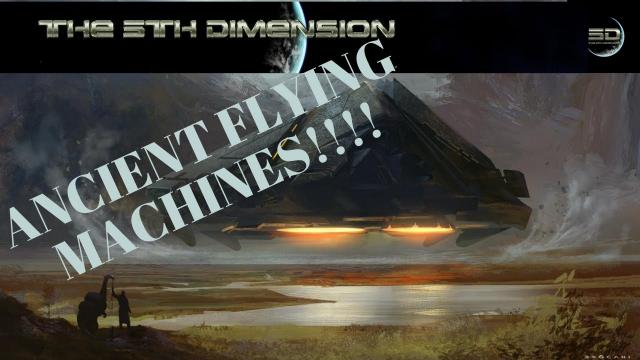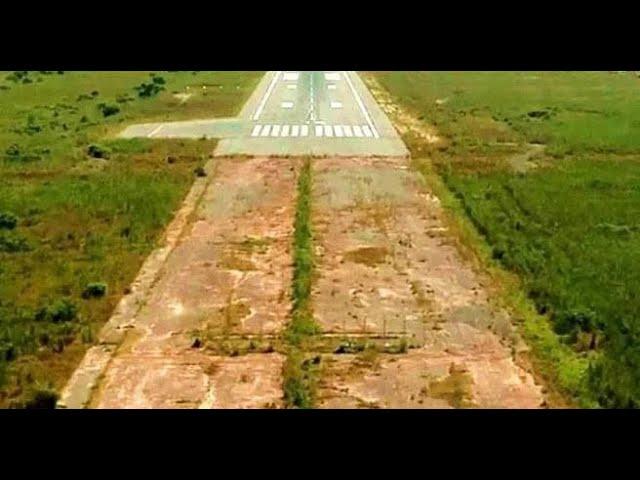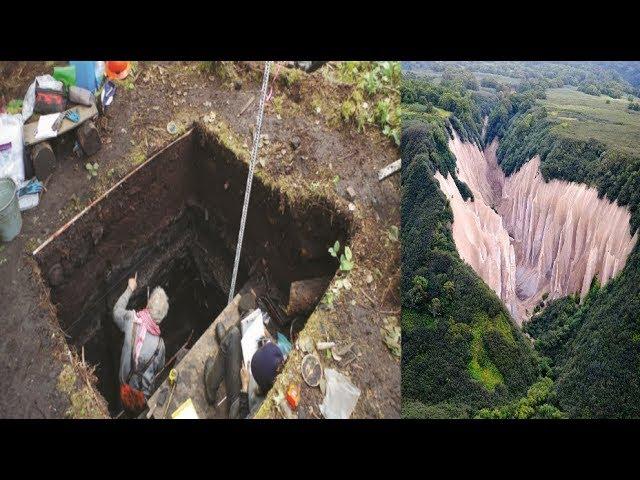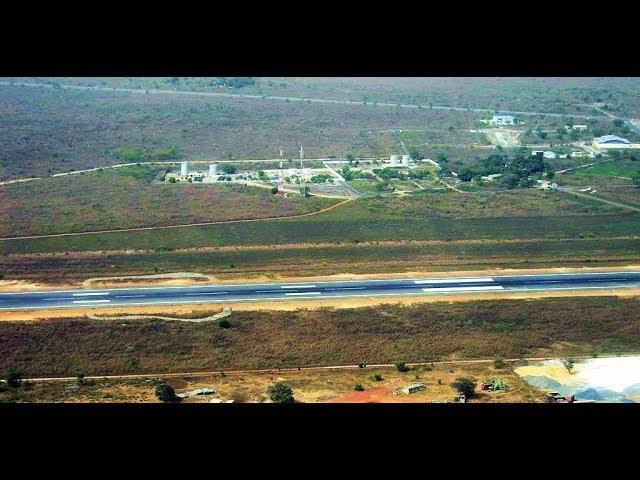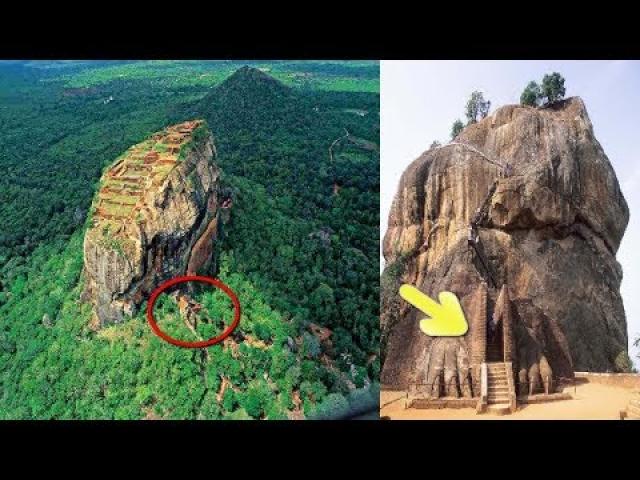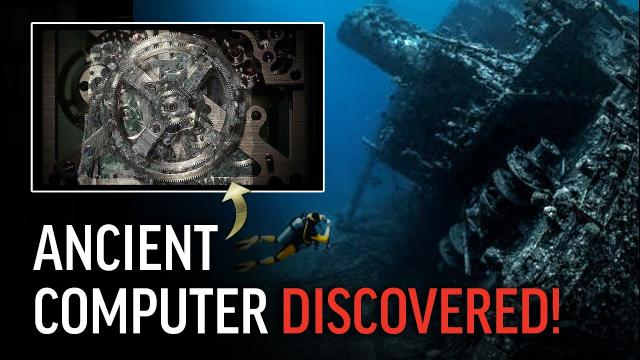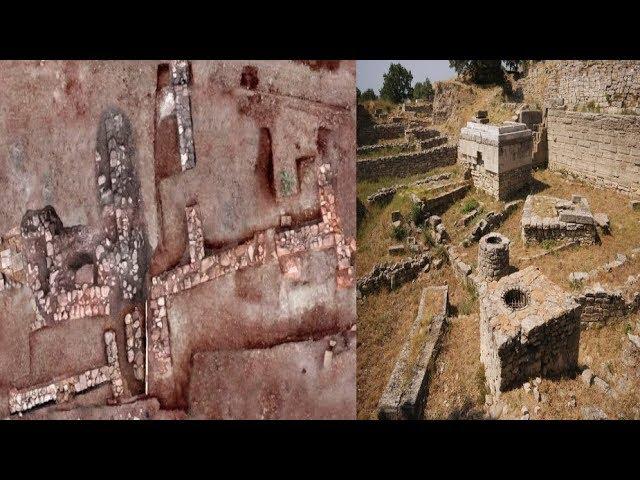Ancient Star, Ancient Planets, Ancient Life?
Description
Did really old stars have really old planets that had really old people?
God bless everyone,
T LEWISON
4530 BIRDWOOD RD. #416
HOUSTON TEXAS 77096
https://www.paypal.me/THORnews
https://venmo.com/TEric-Lewison
$THORnews on CashApp
https://www.patreon.com/thornews
the article
https://www.syfy.com/syfywire/ancient-star-ancient-planets-ancient-life-well
Compared to our usual human notion of time, the Earth is old: 4.5 billion years, give or take a few dozen million. The Sun formed a tad bit earlier, and is about 4.6 billion years old.
We know of stars older than ours, though. Do they have planets, too?
Yes! And a new planetary system just found is incredibly ancient, likely over twice as old as ours. The existence of its planets is surprising, and has all sorts of implications for science and the search for extraterrestrial life.
The star is called TOI-561, a K dwarf (slightly smaller and cooler than the Sun) about 280 light years away. That makes it close, on a galactic scale.
It was observed by TESS, the Transiting Exoplanet Survey Satellite, and found to have three planets. TESS observations (using the transit method) give the sizes of the planet, and follow-up observations from ground-based observatories (using the reflex velocity method) give the masses. Those together give the densities of the planets, which allows us to make educated guesses at their compositions.
These planets are... odd.
The innermost, TOI-561b, is a super-Earth, about 1.5 times the diameter of Earth, and three times our mass. Interestingly, that gives it about the same density as Earth, so it may have a dense iron core and rocky outer layers. But Earth-like it is NOT. It has what's called an ultra-short period, orbiting the star in just under 11 hours. Yes, hours.
Its orbit puts it just about a million kilometers over the star's surface, not much more than the size of the star itself; the star would literally fill half the sky. That makes the planet exquisitely hot, with a surface temperature likely around 2,200°C (4,000°F). That's hot enough to melt… well, everything, really. If the outer layers are rocky, they're more lava than solid rock.
The second planet out is about three times the diameter of Earth and 7 times its mass, giving it the density of our own Neptune, though it's half the size of the ice giant. It has an 11-day orbit, so it's hotter than Venus, too.
The third planet is intermediate in size of the other two, about 2.3 times Earth's width. The mass isn't well established; the observations couldn't pin it down, but from what's seen it may be low-density and therefore a gas giant. It too is in a close orbit, taking 16 days to go around the star at a distance of 16 million kilometers. This is still much closer than Mercury is to the Sun.
So all three planets are very hot, and unlikely in the extreme to be habitable.
But the fact that they exist at all is remarkable. Why?
Judging the age of a star can be difficult, but TOI-561 is part of a population of stars called the thick disk. The Milky Way galaxy is a flat spiral, with a disk of stars about 120,000 light years across. There are actually two disks, with a thin one sandwiched inside a thicker one. The thin one tends to have much younger stars, while the average age of stars in the thick disk being around 11 billion years.
Also, older stars tend to have less heavier elements in them. When the Universe was young it was entirely hydrogen and helium (and a soupçon of lithium). Over time, stars created heavier elements in their cores and, when they died, expelled those into space. After billions of years those heavier elements built up in gas clouds, which made the next generation of stars.
So younger stars have more heavy elements in them. TOI-561 is pretty low on those, and age estimates put it around ten billion years old. Twice the age of the Sun, so yeah, old.
But the weird thing is, less heavy elements, it was thought, makes it harder for a star to have planets, especially rocky/metal ones like Earth. There wasn't nearly as much of them back then! Yet there TOI-561 sits, with a planet as dense as Earth, meaning it has roughly the same constituents.
Current models of planet formation don't think this is impossible, just maybe harder than it is now. But models are one thing, and observations another. The planets exist, so there we are.
Here's the fun bit. Life on Earth arose not long after it cooled enough for liquid water to exist on its surface, certainly just a few hundred million years after it formed. If life, uh, found a way to be here that rapidly it implies life is common, at least "simple" life, microbes and such. Intelligent life is likely far more rare; the argument for this is a bit complicated (though I explain it in a fun post about the odds of intelligent aliens Out There). Part of it, though depends on the age of the planet... and these planets are old.

